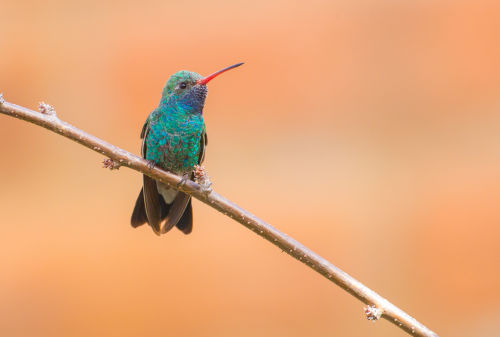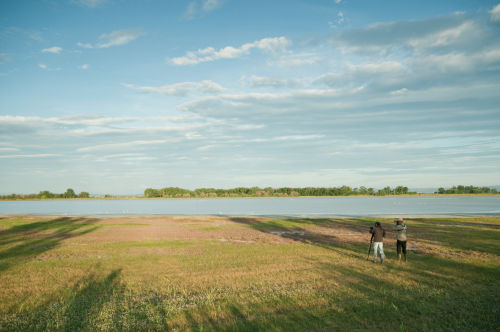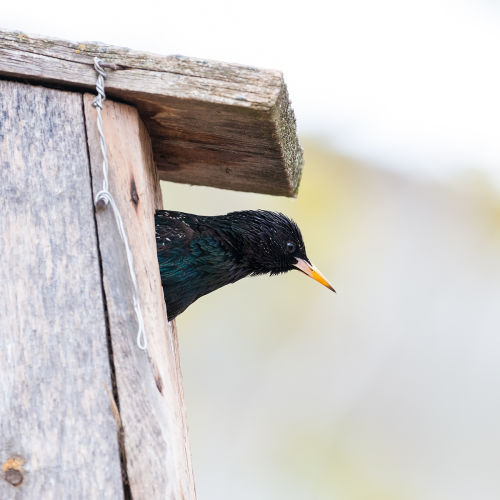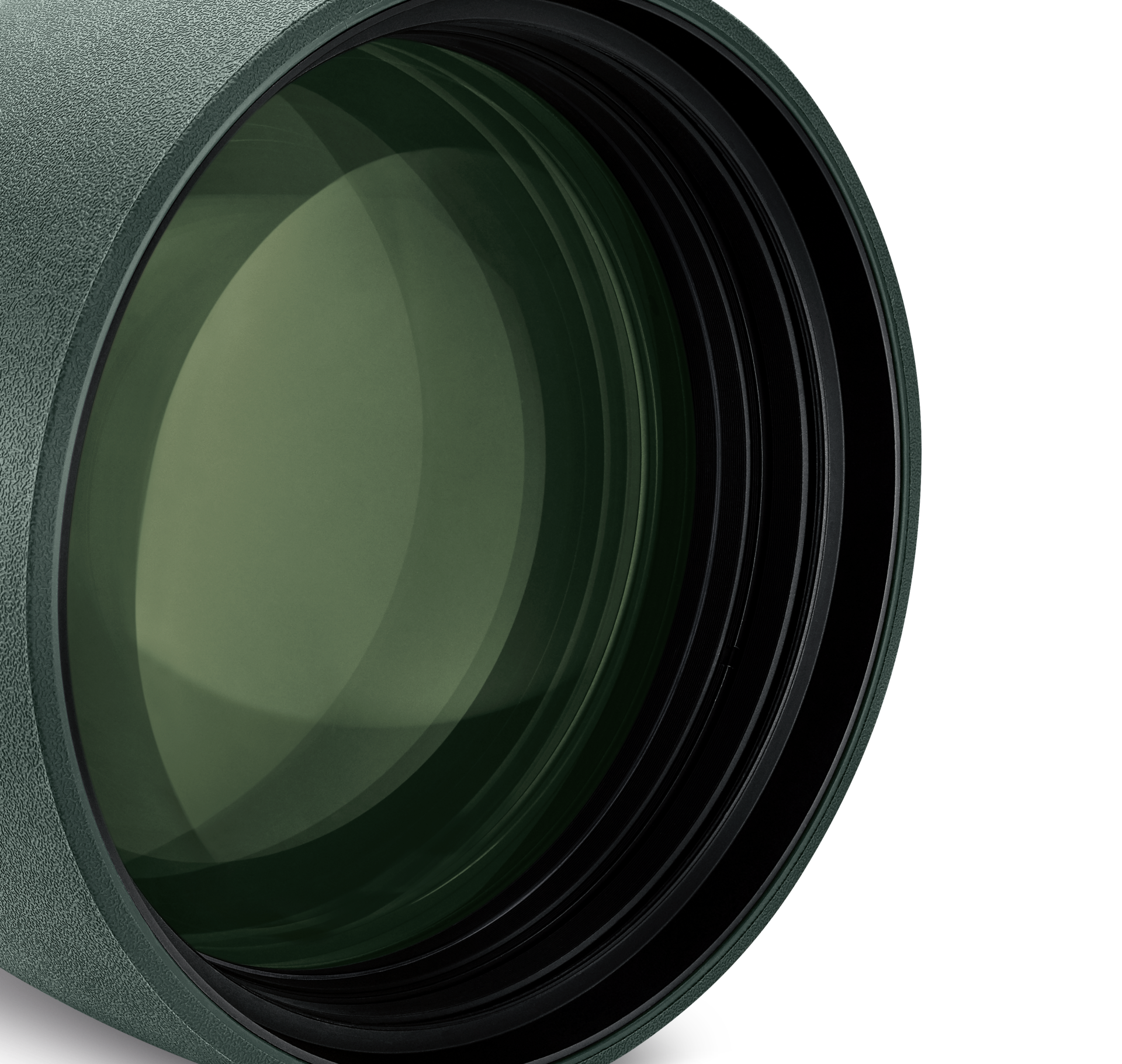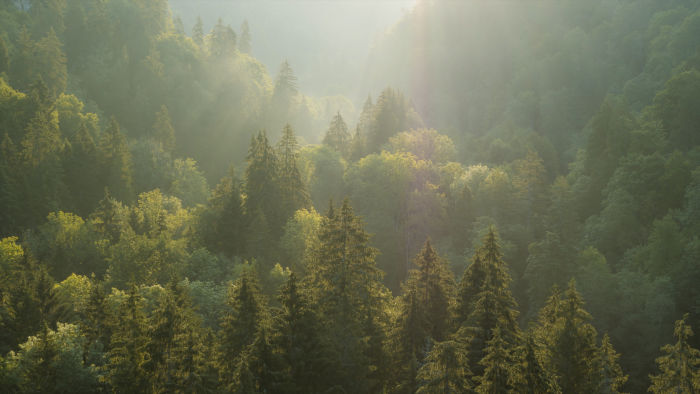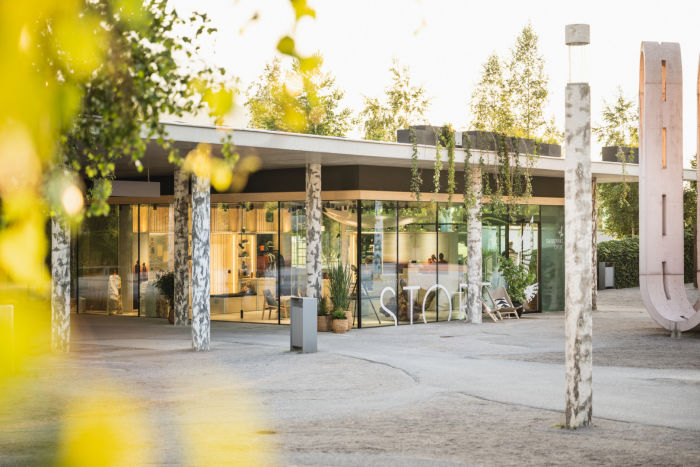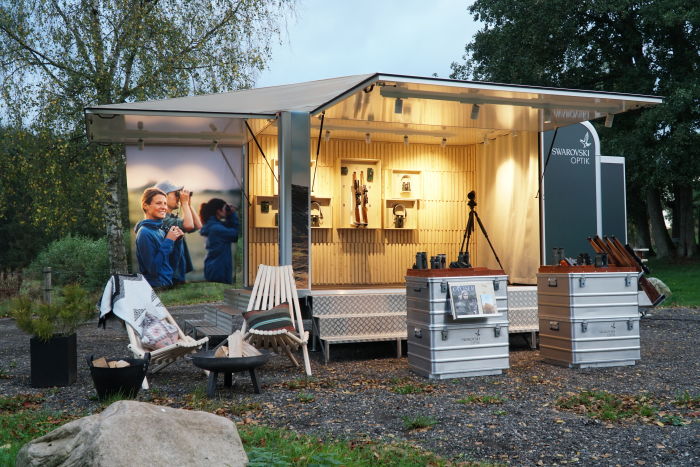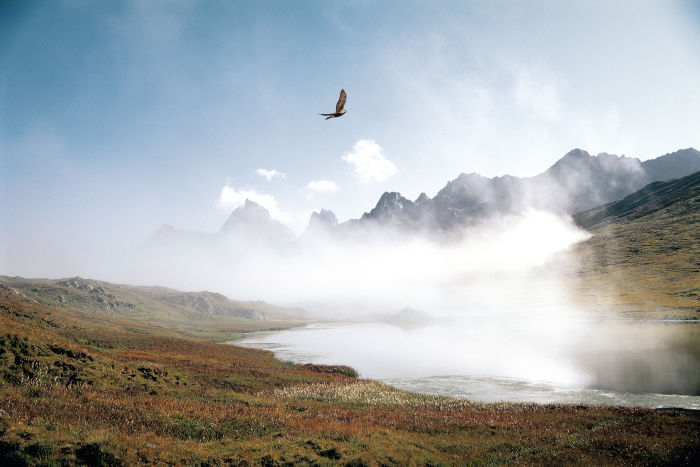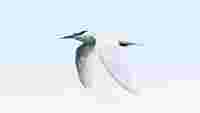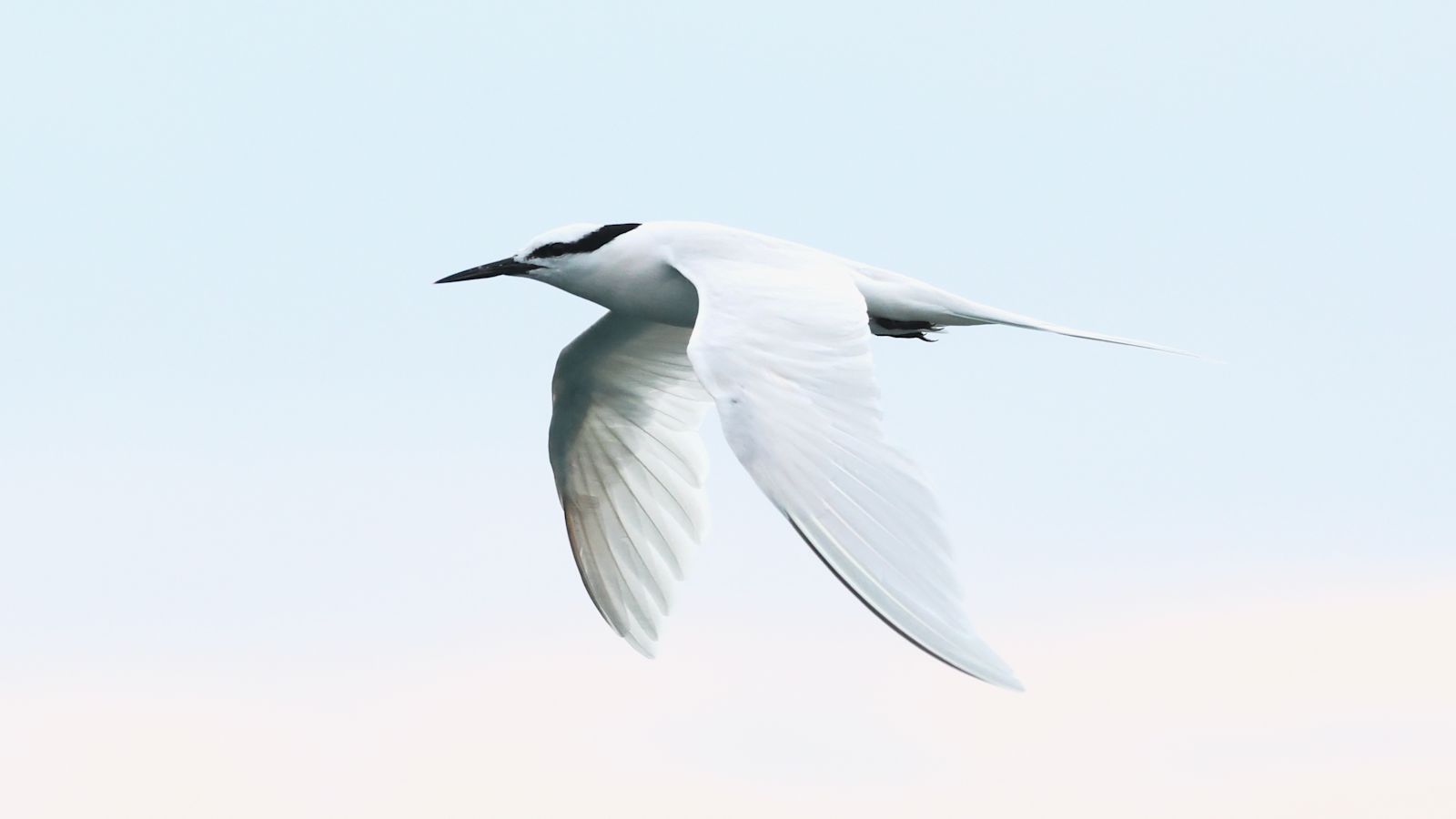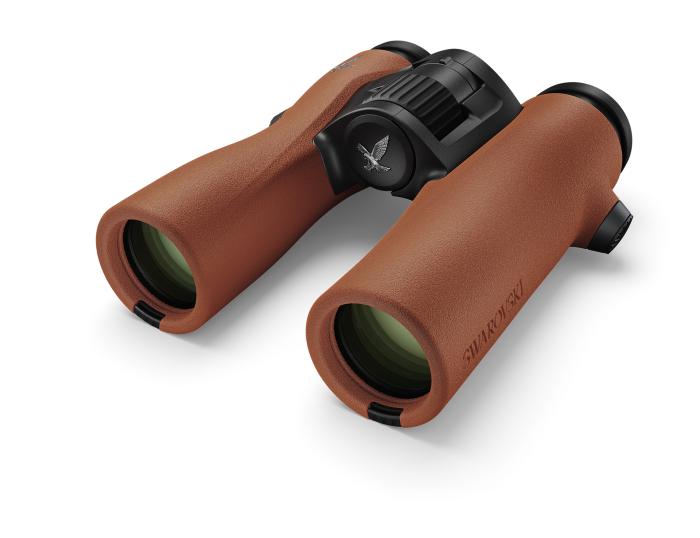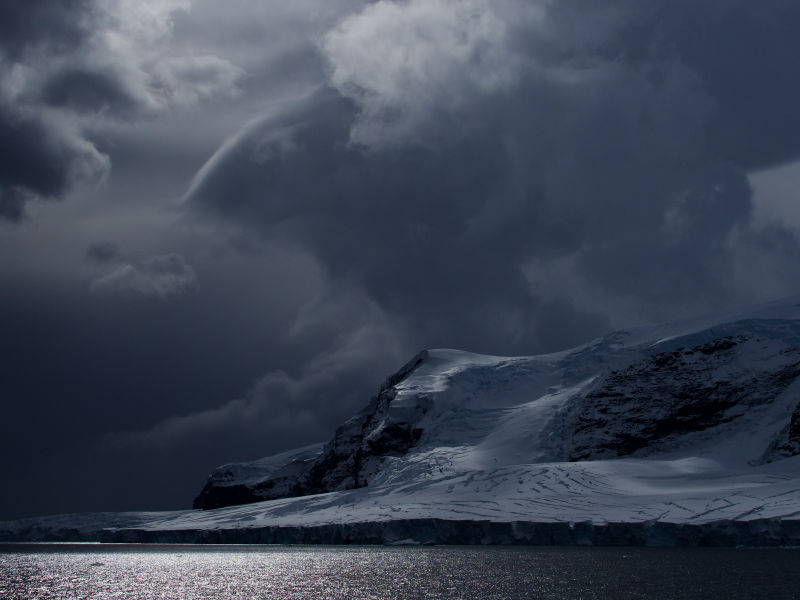Indonesia’s Unique Marine Geography
Indonesia is a remarkable country boasting an impressive 17,500 islands all scattered along the equator over 5100km. The Pacific Ocean flushes through from the north and east whilst along the southern flank of the island chain the Indian Ocean delivers cool upwellings making seas rich feeding grounds and supporting a plethora of megafauna.


In general seabirds are more abundant from polar to temperate waters where marine biomass is often higher and winds (a fundamental force for many seabirds) are more reliable but the Lesser Sundas and the Banda Arc seem to be a rich tropical feeding area. Over the past decade or so we have come to realise the regions significance for species like Whale Sharks and Pygmy Blue Whales, but our understanding of seabird distribution and abundance is still developing and the region holds great potential for discoveries.

Seabirds of the Tropics
A Diverse Array
Tropical species such as Frigatebirds (including the rare Christmas Island Frigatebird), Boobies, Tropicbirds, Crested, Black-naped, Sooty and Bridled Terns are well represented and are joined by migrants arriving to escape the northern winter including thousands of Red-necked Phalaropes, marsh terns and even the range-restricted Aleutian Tern.
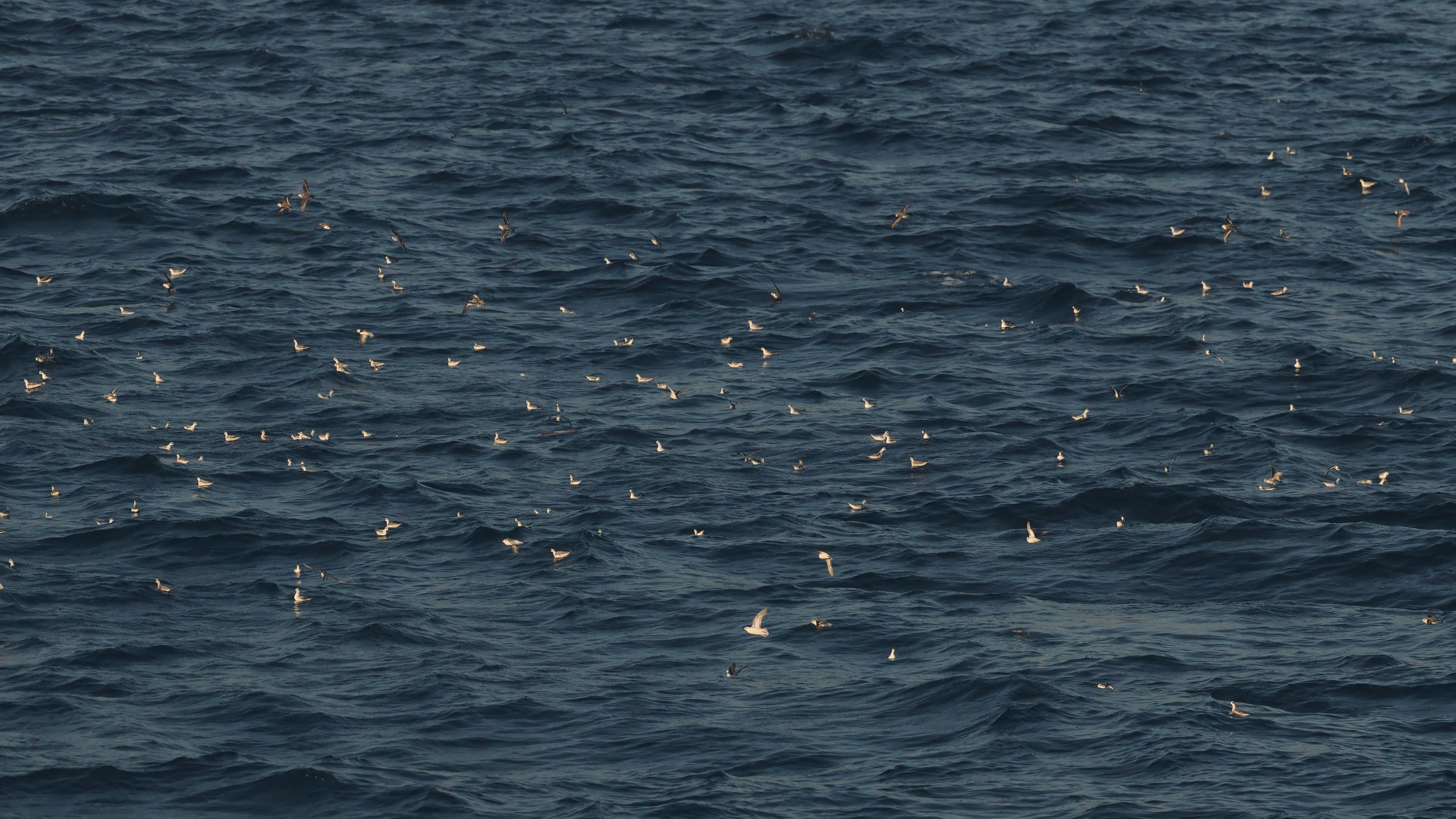

The rich upwellings are starting to become known for their importance to tubenoses, the true seabirds. Whilst Bulwer’s and Tahiti Petrels and Wedge-tailed Shearwaters are widespread, Swinhoe’s and Matsudaira’s Storm-petrels and Streaked Shearwaters from the northern Pacific and Wilson’s Storm-petrel from the Antarctic move into these equatorial waters to feed, as well as the Vulnerable Heinroth’s Shearwater from the Solomon Islands. This area will undoubtedly reveal more fascinating seabird discoveries as we start to explore its waters with keener eyes.

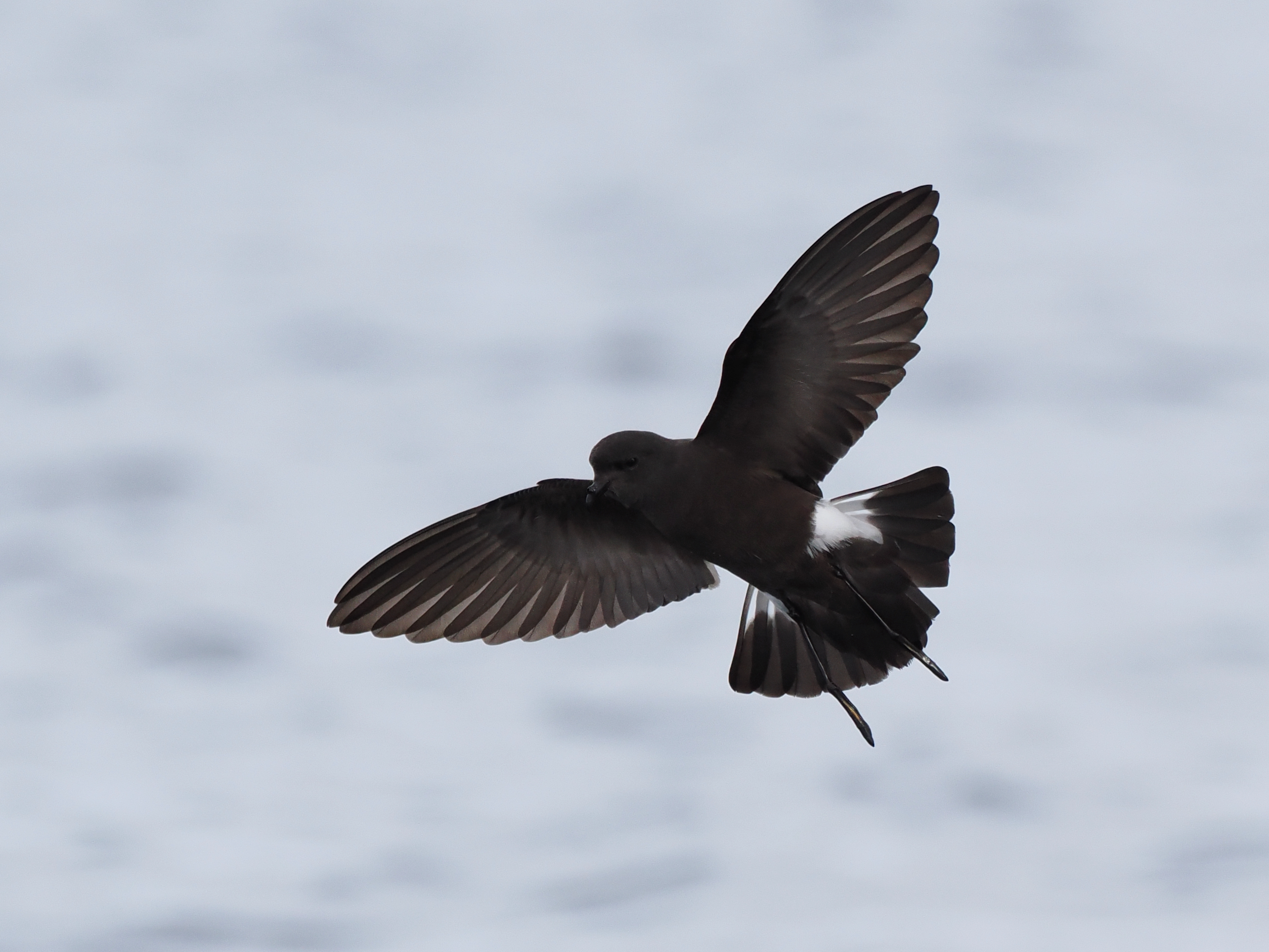

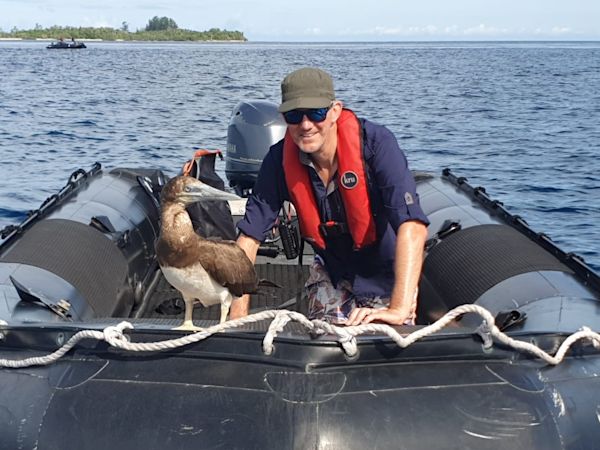
About
Dan Brown
Dan has been an avid naturalist and birder all his life having grown up in a botanic garden in North Wales. His passion turned into a profession having worked as an Ecologist, tour leader and lecturer around the world from the Antarctic to Arctic, Papua New Guinea to Madagascar. He has authored two books on birding and is a regular contributor to magazines. He is also scientific adviser to the BBC Natural history unit and other TV production companies and now with his wife Rachael runs Wild Discovery, an award-winning wildlife watching tour company. Together with his wife Rachael he runs Wild Discovery. They organize fully inclusive wildlife expeditions and short tours, all supporting conservation programs and sustainable initiatives and promoting green livelihoods.
Photos (c) Dan Brown
